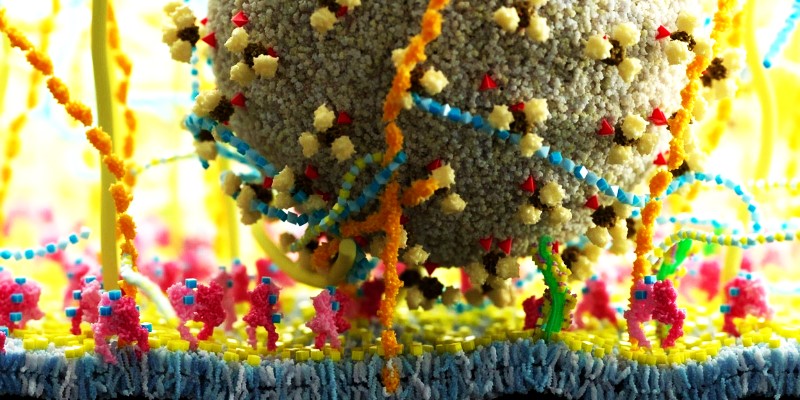Scientists develop artificial sugars to enhance disease diagnosis and treatment accuracy

Scientists have found a way to create artificial sugars that could lead to better ways to diagnose and treat diseases more accurately than ever before, according to a new study co-led by Leeds.
They hope their findings could eventually lead to simple, at-home tests for diseases such as cholera, which can kill within hours, and currently requires laboratory analysis of stool samples.
Sugars play a crucial role in human health and disease, far beyond being just an energy source. Complex sugars called glycans coat all our cells and are essential for healthy function. However, these sugars are often hijacked by pathogens such as influenza virus, coronavirus, and the bacteria that cause cholera to infect us.
One big problem in treating and diagnosing diseases and infections is that the same glycan can bind to many different proteins, making it hard to understand exactly what’s happening in the body, which has made it difficult to develop precise medical tests and treatments.
In a breakthrough, a collaboration of academic and industry experts in Europe, including from the University of Leeds, have found a way to create artificial sugars that could block the pathogens.
The finding offers a promising avenue to new drugs and could also open doors in diagnostics by ‘capturing’ the pathogens or their toxins. The paper’s lead author is Professor Bruce Turnbull, from the School of Chemistry and Astbury Centre for Structural Molecular Biology at the University. Earlier this year, he won the Royal Society of Chemistry’s Bader Prize, in recognition of his achievements in research and innovation.
Professor Turnbull said:
“Glycans that are really important for our immune systems, and other biological processes that keep us healthy, are also exploited by viruses and toxins to get into our cells. Our work is allowing us to understand how proteins from humans and pathogens have different ways of interacting with the same glycan. This will help us make diagnostics and drugs that can distinguish between human and pathogen proteins.”
Researchers from eight different universities worked together on the five-year project. Professor Turnbull said:
“For a multi-site project it was one of the most highly collaborative and integrated projects I have been involved in.”
Read "Synthesis and screening of a library of Lewisx deoxyfluoro-analogues reveals differential recognition by glycan-binding partners" on the Nature Comms website.
Read the full press release on the University of Leeds website.
